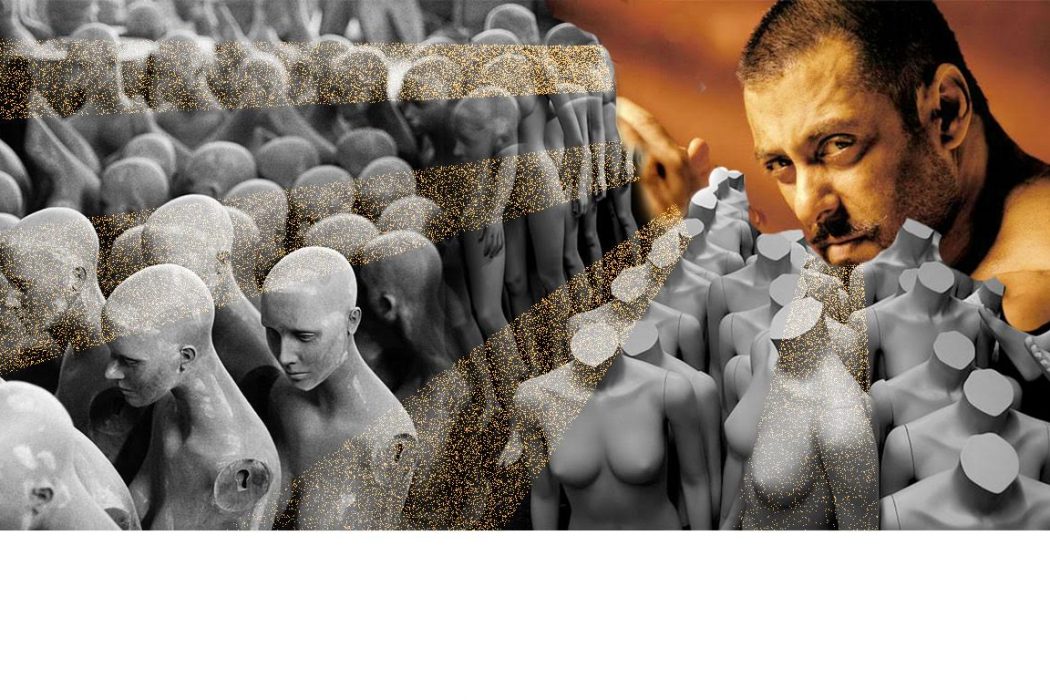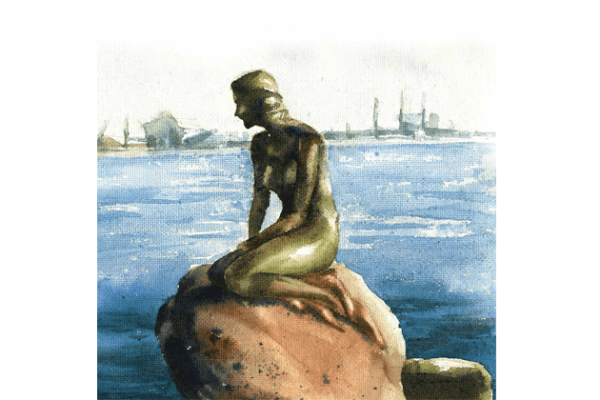Bollywood’s highest grossing movie of 2016 has two scenes of racist dialogue in and no one cares, says Azad Essa.
Nothing divides the critics like a Salman Khan film. This year’s biggest film, about an underachieving Jat (Khan) and his love for Aarfa (Anushka Sharma), wrestling and himself (in precisely that order) continues to draw crowds. It also continues to invite discussion over the plot, and the low level of faux-feminism in the storyline.
See, both protagonists are wrestlers. Then they get married. Not only do Aarfa’s dreams get sacrificed at the altar of love, but her struggle is merely a subplot in another story of an insecure, egotistical Indian man. Her character arc has received a lot of criticism. But the people keep on coming. It’s Bhai’s film, after all.
And for 170 minutes, Sultan is perfect chutney—slapstick humour, action, patriotism, loss, dejection and a dapper soundtrack rotate perfectly to keep us tapping.
But in a critical scene, where Sultan battles a younger, fitter and more athletic opponent who threatens to destroy his return, the film returns to a murkier reality.
‘Monkey’
The black athlete, played by Marrese Crump, mesmerises Sultan with his versatility and flexibility, to which Sultan’s retort is to describe him as a “monkey”. In the next scene, Crump is described as a “chimpanzee”. After dehumanising him, Sultan defeats him with an old fashioned plonk that leaves Crump writhing on his back.Let me be clear: I have no illusions about Bollywood. Its family values are farcical, its music mostly borrowed, the characters sterile, and the storylines are mostly the same.
Let me be clear: I have no illusions about Bollywood. Its family values are farcical, its music mostly borrowed, the characters sterile, and the storylines are mostly the same. No matter how entertaining Shah Rukh Khan may be, for instance, we are all well aware the king of tinsel town possesses no more than three or four facial expressions. He rotates them at precise intervals to collaborate with our moods. Looked upon that way, the man is a genius.
Bollywood is also obsessed with whiteness. Chiselled, fair skinned, Romanesque are for heroes and slightly darker women are their servants, not lovers. It is an issue Nandita Das has been slaying for years. So the contempt is neither new nor exceptional.
But in a country where Africans—students, migrants, and visitors—have been attacked voraciously over the past six months, and mocked and called horrific names, this is no laughing matter. In a video put together by India Today, one African migrant described his experiences in the metro: “A monster is around, so move away from a monster.” Another said, “They gather around me as if I am an alien.” For a film trumped up to inspire, the decision to deliver such tasteless dialogue and humour is inexplicable. The racism is certainly not benign.
For a film trumped up to inspire, the decision to deliver such tasteless dialogue and humour is inexplicable. The racism is certainly not benign.
Even then, this is cinema. And let’s say, for argument’s sake, that political correctness can put a damper on a “good” story, and that art deserves to be art. But then there is certainly consent in silence.
At the time of writing, more than three weeks after the movie was released, no reviewer has raised the “petty” racism in back-to-back scenes of Sultan. Not in India, in the US, or South Africa, or anywhere in the diaspora where the film has also broken records. If cinema is about suspending disbelief, then in this case, Indians worldwide are certainly in need of a reality check.
Dirty censorship
Indian filmmakers with anything remotely decent to say are often fighting the censorship board. And censorship in Indian cinema almost always revolves around religious or political sensitivities, or linked to maintaining an ideal understanding of the Indian nation.But when a grown black man is called a monkey, there is not a word. Is the racism so normalised that no one sits up, even in slight discomfort?
Of course, when it comes to painting endless caricatures and racist tropes of entire communities, especially marginalised ones—Muslims or Dalits—there is at least a postmortem by critics. For example, the sexism over the transformation of Anushka’s character giving up a wrestling career for motherhood was debated at length. Separately, Khan’s decision to compare his gruelling workout regime with that of a raped woman was ridiculed.
But when a grown black man is called a monkey, there is not a word. Is the racism so normalised that no one sits up, even in slight discomfort? Africans or blacks are so far down on the pecking order, the slander doesn’t even warrant a discussion.
Crump, the actor who was called a chimp and a monkey in Sultan, says he had a good time making the film. There is no evidence that he is upset about the name-calling in the film. Since the film hit the silver screens, he has been marketing the film on his social media pages, and proud of his association. “It was a great experience working with Salman. He treated me like a brother from the moment I arrived in India. Much respect.”
I wonder how Crump would feel if he knew that this was no passing remark. For when it comes to Indian cinema and reality, it’s all pretty much the same.














